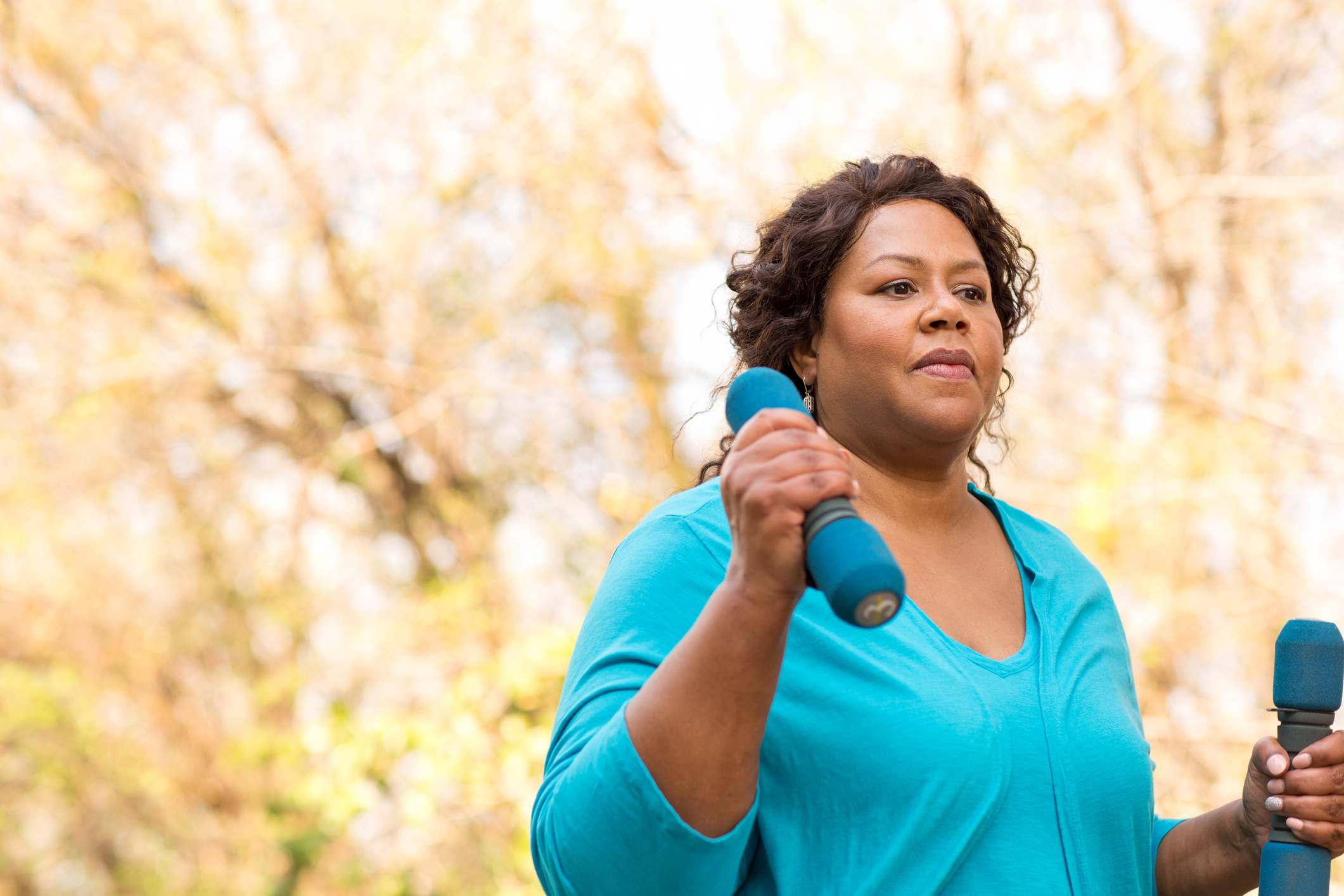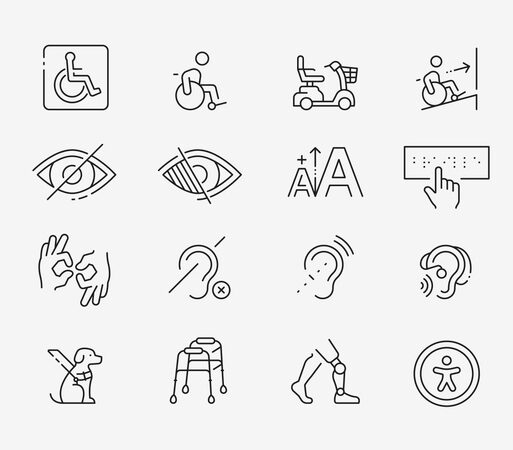Many people have sought refuge in their daily walk, run, bike ride, or swim during the recent pandemic and some have found themselves in better shape than before COVID-19. But older adults who have increased their physical activity in the past months may be missing an important component to fitness and physical function that can help promote greater independence and quality of life. Resistance or strength training is key to attaining optimal health, especially among people over the age of 60, who may be starting to lose muscle mass, power, and strength.
According to a recent Wall Street Journal report, loss of muscle strength can increase frailty and functional dependence. But only 18.3 percent of men and 14.7 percent of women between 65 and 74 meet the U.S. federal physical guidelines for both aerobic and muscle-strengthening activities. After age 75, the percentage drops to 13.3 for men and 7.9 for women.
Adding strength training to your weekly exercise routine can also help prevent falls and injury, a leading cause of hospitalization among older adults. The Centers for Disease Control and Prevention recommends that adults age 65 and older get at least 150 minutes of moderate-intensity activity such as brisk walking each week, as well as muscle-strengthening exercises at least twice a week.
Before you rush out to buy an expensive home gym, start by using your own body weight or some food cans or bottled water to begin adding strength training to your weekly routine. There are many online resources for older adults to learn the proper technique to build muscle and strength without causing injury.
As always, it’s important to talk with your doctor first before beginning any new exercise program. Start off slowly with light weights and gradually increase intensity, weight, and duration. Follow this link to view a Strength Training for Older Adults video by the National Institute on Aging’s Go4Life initiative. Learn more about the four types of exercise older adults need to promote health, function, and well-being here.






Add Your Voice
0 Comments
Join the Discussion